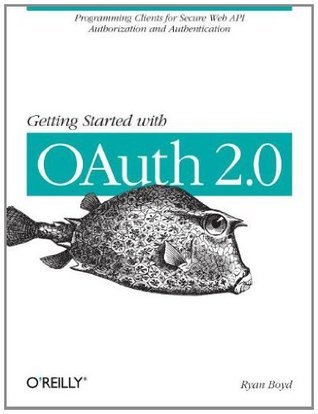What do you think?
Rate this book


104 pages, Kindle Edition
First published December 30, 2011
When implementing OAuth 2.0, calling any APIs, or using a library, you should verify that it properly handles SSL/TLS certificate chain validation by doing the following things: Checking that the hostname on the certificate returned by the server matches the hostname in the URL being accessed verifying each certificate in the chain properly chains up to a valid and trusted certificate authority (CA) Ensuring that the certificate authority bundle on your server is secure and not able to be modified by potential
Typically the refresh token is stored securely in a server-side database, associated with the user account. Access tokens can also be stored in a database, but they may also be cached in a server-side session to improve performance.